Located right next to the Vuong family residence (King Meo) - a famous tourist destination in Ha Giang, the booths displaying a variety of colorful handicraft products of the White Flax Cooperative (Sa Phin A village, Sa Phi commune, Dong Van district) especially attract tourists when visiting here. Not only can visitors shop, they can also visit and learn about the weaving, dyeing, sewing and finishing stages right at the Cooperative.
"Weaving warmth and prosperity" in the rocky plateau
Officially established in 2017 and started operating since March 2018, the White Flax Cooperative has become a successful start-up model, a red address "weaving prosperity" in the Dong Van stone plateau, helping many Mong ethnic households to eliminate hunger and reduce poverty, and a place to return to for many difficult and miserable women.
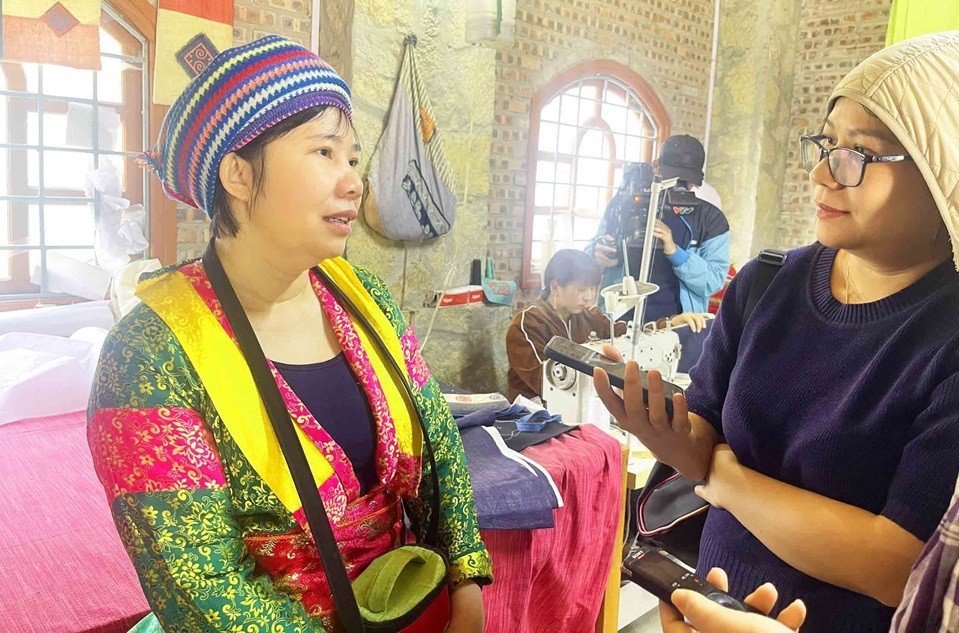 |
| Ms. Vang Thi Cau - founder of Dong Van White Flax Cooperative (Ha Giang). (Photo: Hong Chau) |
The founder and Head of the Production Team of the White Linen Cooperative, Ms. Vang Thi Cau (born in 1973, Mong ethnic group), Vice President of the Women's Union of Dong Van district, said that the idea of starting a business came from the desire that she had cherished and pondered for a long time, which was to preserve and conserve the cultural identity of the White Mong ethnic group. When she came up with the idea, the Secretary of the District Party Committee was very supportive and encouraged her to teach the profession to the women in the village. Thinking and doing, the White Linen Cooperative was established soon after with more than 20 initial members.
Many of the women members who come to the Cooperative are in particularly difficult circumstances. Some are disabled, victims of domestic violence, some are trafficked across the border and are looking for a way back, some are working illegally... Many come to the Cooperative to learn a trade and gradually become members of the Cooperative.
After 6 years of operation, the White Linen Cooperative has 125 members, many of whom contribute shares, while the rest work in 7 linked groups in communes and towns throughout the district. The income of the women members in the Cooperative has also improved significantly, ranging from 5-7 million VND/person/month, many times higher than the previous agricultural cultivation. Since then, women have gradually become more independent in their lives, have more say in their families and communities, and domestic violence has significantly decreased.
“The government coordinates with the Cooperative to visit each village and commune to conduct surveys. For women in poor households who want to join the Cooperative, we will provide maximum support. For example, with the group specializing in weaving, we will support them with flax seeds to grow, and commit to purchasing all the linen they weave. After that, we bring the fabric back to the Cooperative, dye it, sew the finished product, and then export it. Currently, the Lao market is still the main market, accounting for 70% because the Mong ethnic community in Laos is quite large,” Ms. Cau shared.
To market and promote the products, Ms. Cau has built a website about Dong Van White Flax, updated images of the latest product models of the Cooperative, built a Fanpage on Facebook, advertised on Zalo...; Cooperative representatives actively participated in introducing products, connecting trade at trade fairs, exhibitions... inside and outside the province. The Board of Directors regularly organizes vocational training classes in communes, even to neighboring districts such as Xin Man, Meo Vac to connect with other ethnic groups, creating more patterns for production.
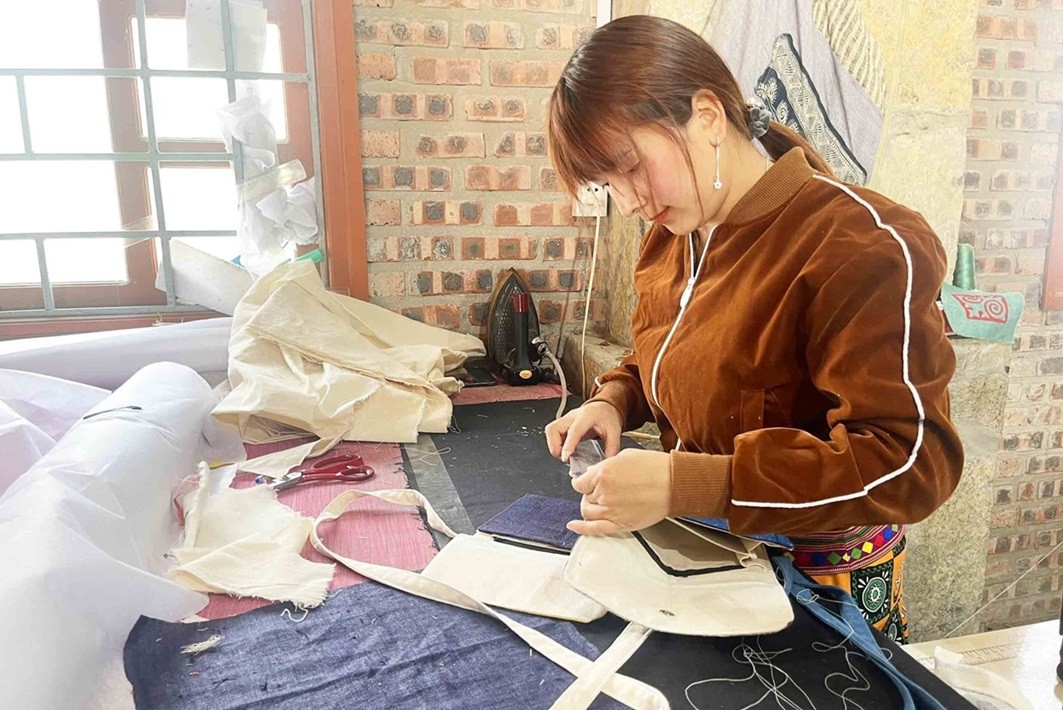 |
| Many Mong ethnic women were trained in vocational skills and escaped poverty after joining the Dong Van White Flax Cooperative. (Photo: Hong Chau) |
Dare to think, dare to do, the Dong Van White Flax Cooperative startup model founded by Ms. Vang Thi Cau has twice won the National Women Entrepreneurship Award launched by the Central Committee of the Vietnam Women's Union. Some typical products of the Cooperative have achieved OCOP certification such as square pillows, large handbags...
“Women and men all have dreams, but to make their dreams come true, women will have to try much harder. For Mong ethnic women, many cannot speak the common language, the illiteracy rate is nearly 90%, so their dreams are very difficult to realize. I want to change, I want to rise up. Establishing Dong Van White Flax Cooperative is the way I make my dream come true,” Ms. Cau confided.
Not without pride when mentioning the start-up model that is helping Mong women "weave a prosperous life" in the remote border area, Mr. Thao Mi Ho - Vice Chairman of Sa Phin commune, Dong Van district, Ha Giang province affirmed that the Cooperative has brought a "new face" to the lives of ethnic minorities here. Surrounded by rocky mountains, difficult farming conditions, before the Cooperative was established, Mong people here faced poverty all year round. Sa Phin commune has more than 3,000 households, 100% of which are White Mong, but up to 45% of households are multidimensionally poor.
“The Dong Van White Flax Cooperative has helped many families in Sa Phin A commune successfully escape poverty, thereby contributing to significantly reducing previous bad practices such as early marriage, incestuous marriage, etc. Participating in the model, people's lives have improved a lot. Since the establishment of the Cooperative, women have had jobs, worked near home, had income, many women who do well also play the role of economic pillars in their families,” said Mr. Ho.
As one of the members who joined the Dong Van White Flax Cooperative from the very beginning, Ms. Sung Thi Si only knew how to work in the fields, grow corn and raise livestock on a small scale. Her husband had no job, listened to his friends' invitation to go across the border to work illegally and then returned empty-handed. The family's economy was always in a state of poverty and stress, and the children could not go to school properly.
“Since joining the Cooperative, my family’s life has improved significantly, with more income to take care of our children. Not only my family, many women in difficult circumstances have escaped poverty thanks to the Cooperative. We always follow the example of Ms. Cau – a model of determination, talent and dynamism,” said Ms. Si.
Poverty alleviation from buckwheat
Consisting of 18 communes and towns with 199 villages and residential groups, Meo Vac district has 17 ethnic groups living together, the number of multidimensional poor households accounts for about 60%. Due to the difficulties in natural conditions because it is mainly rocky mountains, little productive land, the food crop of Meo Vac people is still corn, livestock is not developed, there is often a lack of water for production and daily life.
After graduating from Thai Nguyen University of Agriculture and Forestry, Ms. Hoang Thi Hien (36 years old, Tay ethnic) got married and became a daughter-in-law of a Mong family in the remote Meo Vac district (Ha Giang). Like many other households in the village, Ms. Hien's family life had many difficulties when they mainly worked on farming and raising livestock.
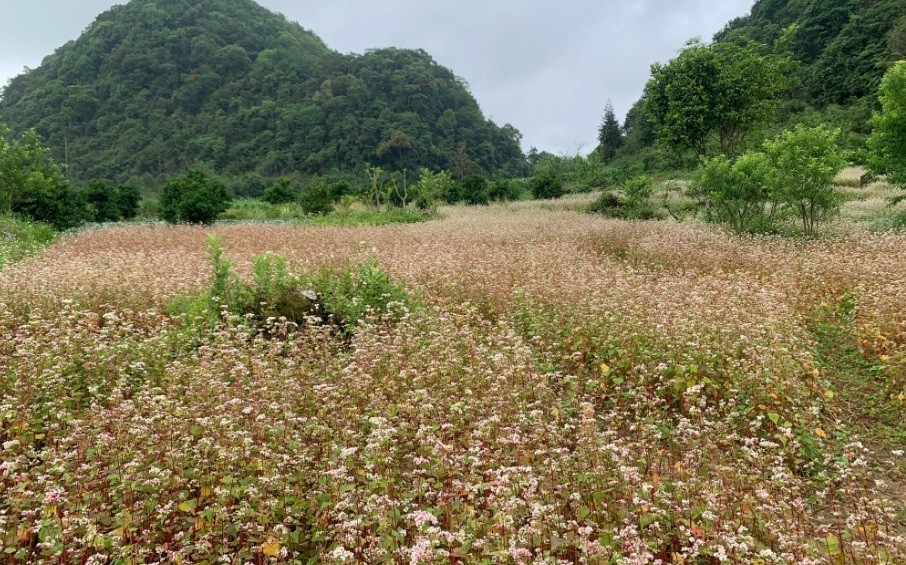 |
| Not only a "specialty" for tourism, products made from buckwheat are also contributing to helping the people of Meo Vac (Ha Giang) eliminate hunger and reduce poverty. (Source: Ivivu) |
Not resigned to poverty, through practical experience and learning from many places, agricultural engineer Hoang Thi Hien discussed with her husband and decided to change direction. With the encouragement and support of the government, Ms. Hien and some households boldly invested in homestay business according to the community tourism model at the Mong ethnic community cultural tourism village (Pa Vi Ha village, Pa Vi commune).
In addition to the stable income from the homestay business, Ms. Hien realized that, in addition to being famous for unique tourist destinations such as Nho Que River, Tu San Alley, Khau Vai Love Market... Meo Vac district is also especially attractive to tourists with its buckwheat flower fields. Buckwheat flowers are very easy to grow, just sow seeds and the plants will grow, do not require much care and are almost not damaged by pests but bring much higher income than corn; meanwhile, the locality supports with seeds and fertilizers.
From the agricultural knowledge learned in the classroom, combined with practical experiences and observations, Ms. Hien decided to establish Pa Vi Cooperative, specializing in purchasing buckwheat seeds to produce products from buckwheat seeds. After a few failed experiments and hard work, Pa Vi Cooperative has produced quality products that are accepted and loved by consumers such as buckwheat cakes, buckwheat candy, dried buckwheat noodles, buckwheat tea, etc.
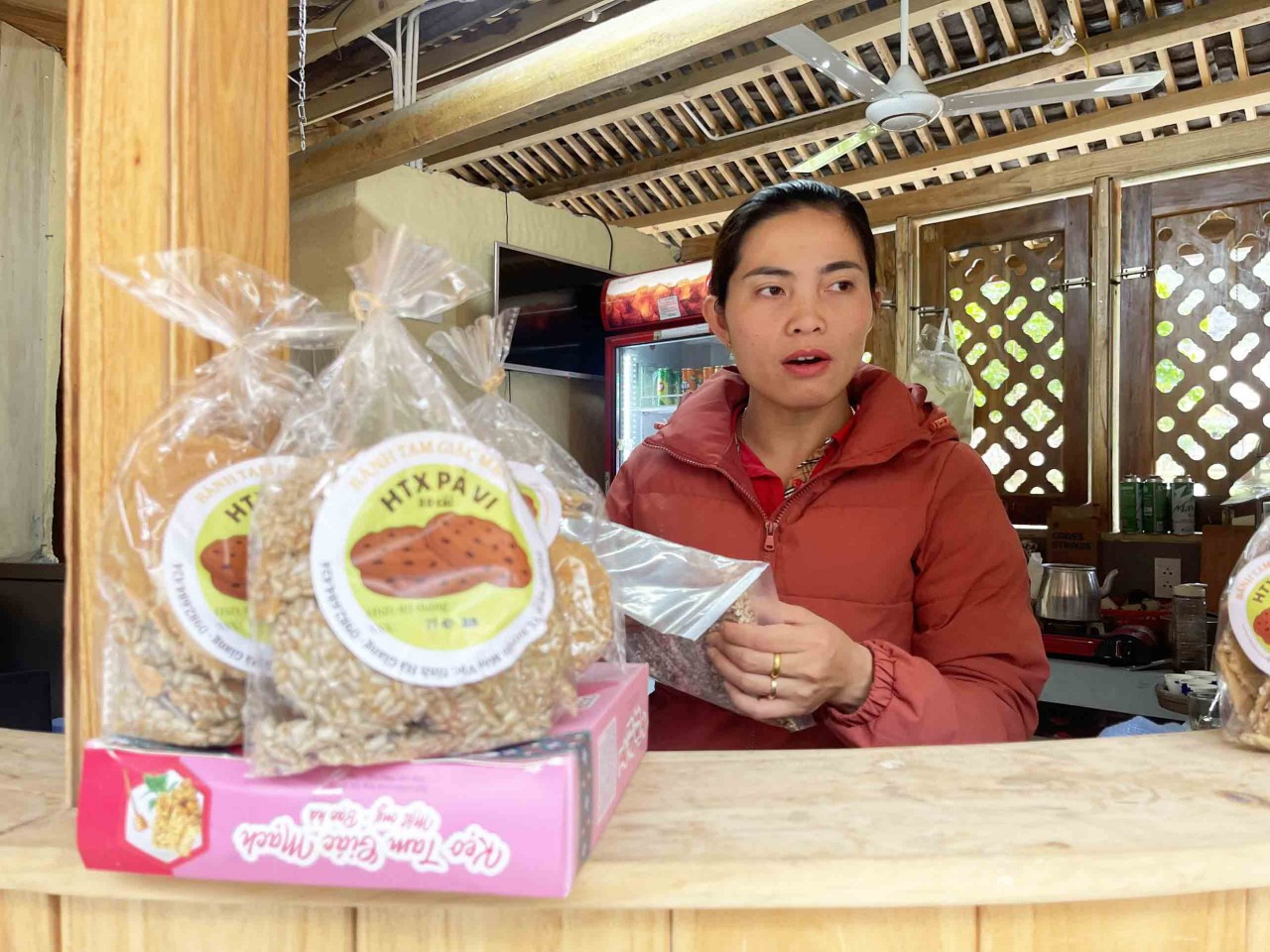 |
| Ms. Hoang Thi Hien shares about buckwheat seed products of Pa Vi Cooperative. (Photo: Hong Chau) |
Currently, the revenue from the Cooperative brings Ms. Hien's family a stable income of 30-40 million VND/year, mainly distributed through small retail stores and supermarkets in towns and cities inside and outside the province, many products are introduced at the province's OCOP Fairs. Notably, the Cooperative's buckwheat flour product has been regularly purchased in large quantities by a large restaurant in Ho Chi Minh City to make fresh noodles.
The income of members of Pa Vi Cooperative currently fluctuates on average from 3-4 million VND/month, although the amount is not large, it has helped many families in Meo Vac reduce difficulties, and have more conditions to cover daily living expenses. In addition, the Cooperative's purchase of buckwheat seeds at an average price of 30,000 VND/kg also contributes to encouraging people here to actively plant trees, both to develop tourism and to harvest seeds, and to have more income.
Source










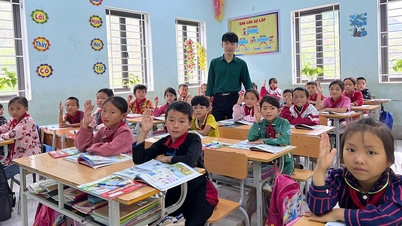

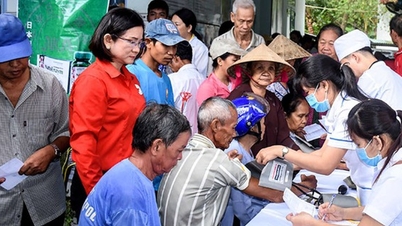

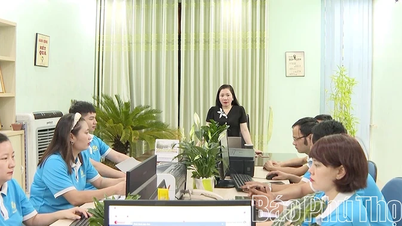

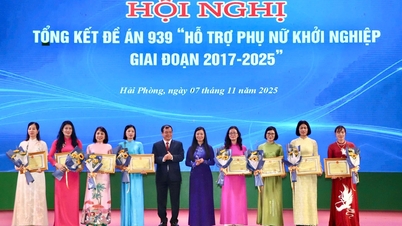

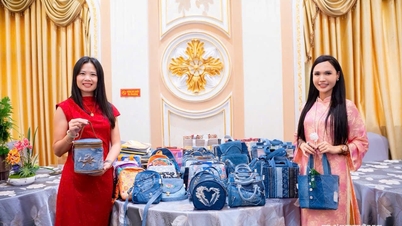
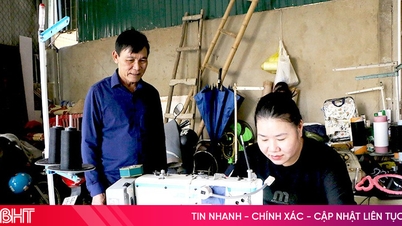



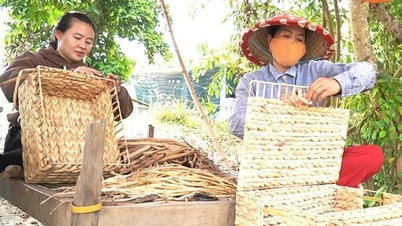

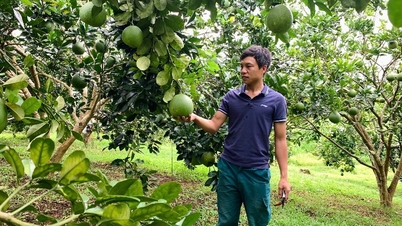

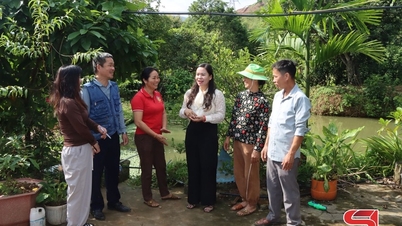

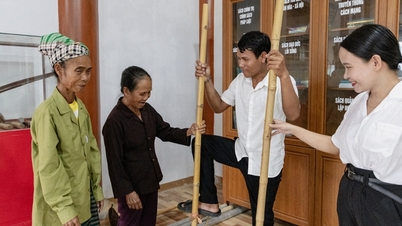



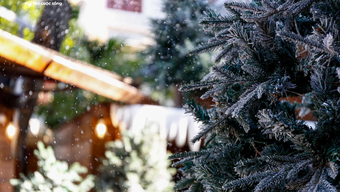

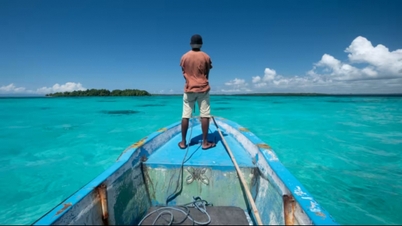
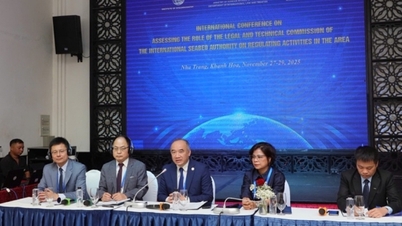
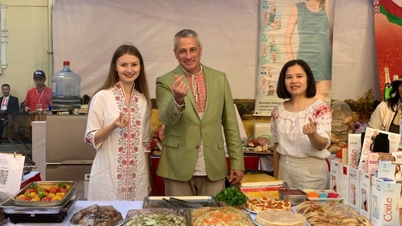
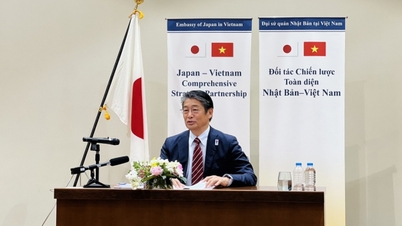
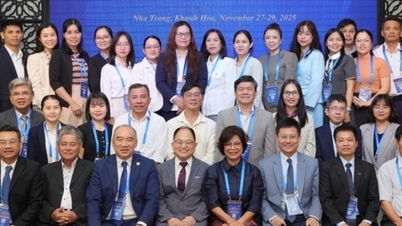
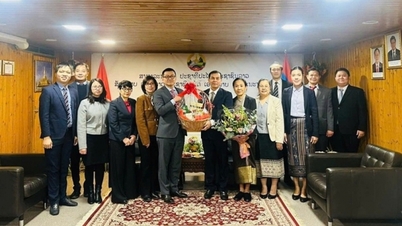
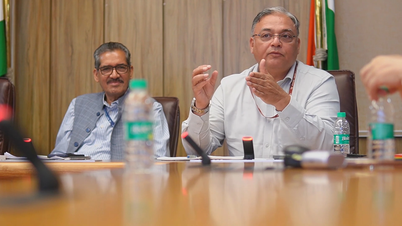
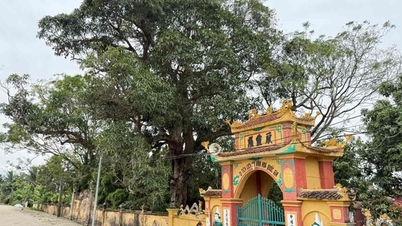



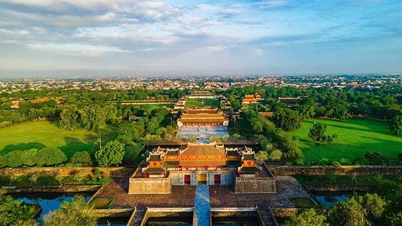

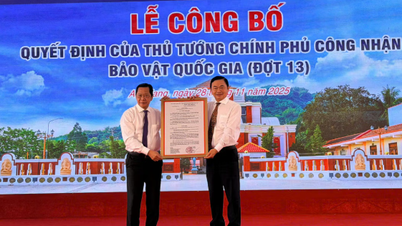
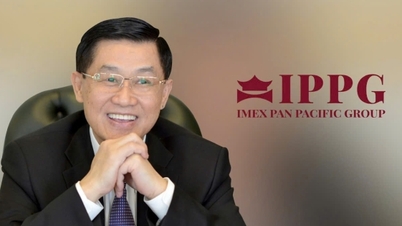







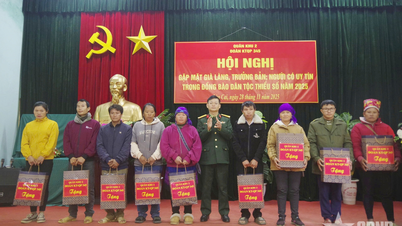

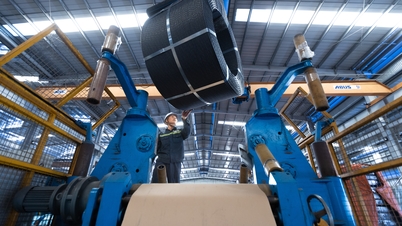

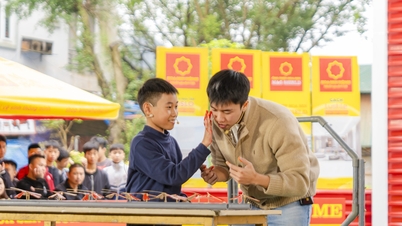
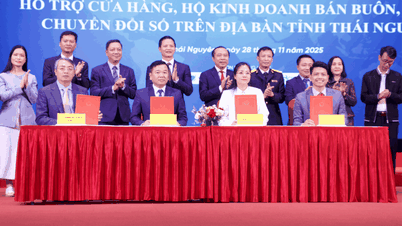




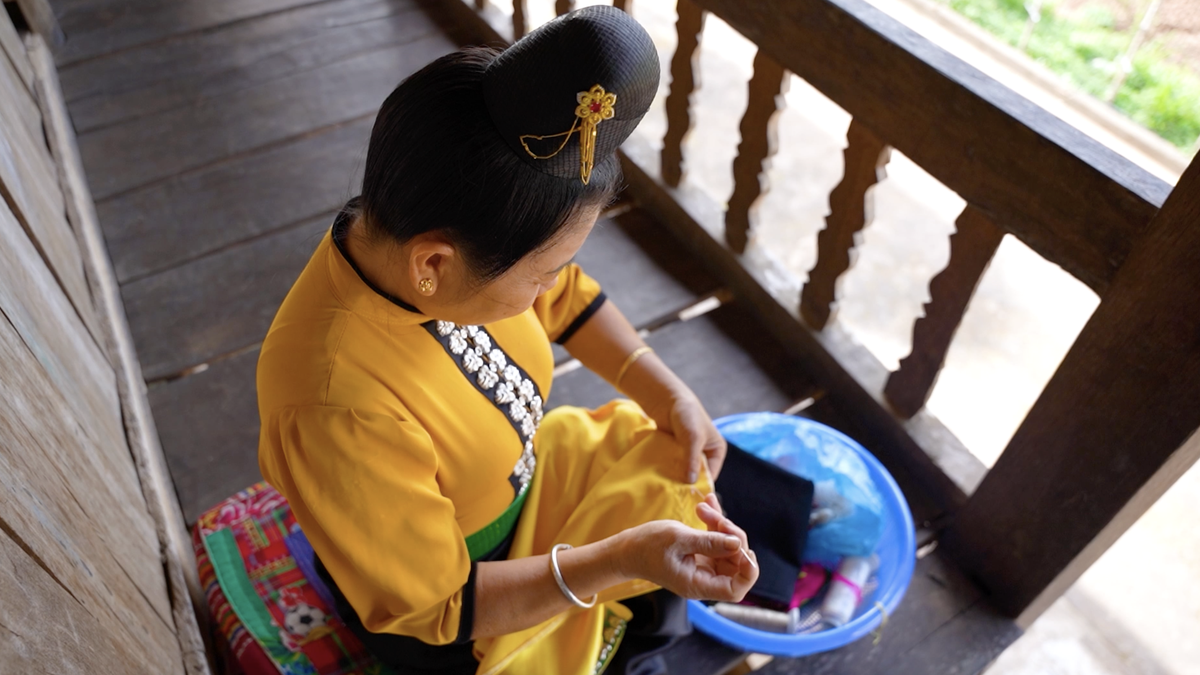

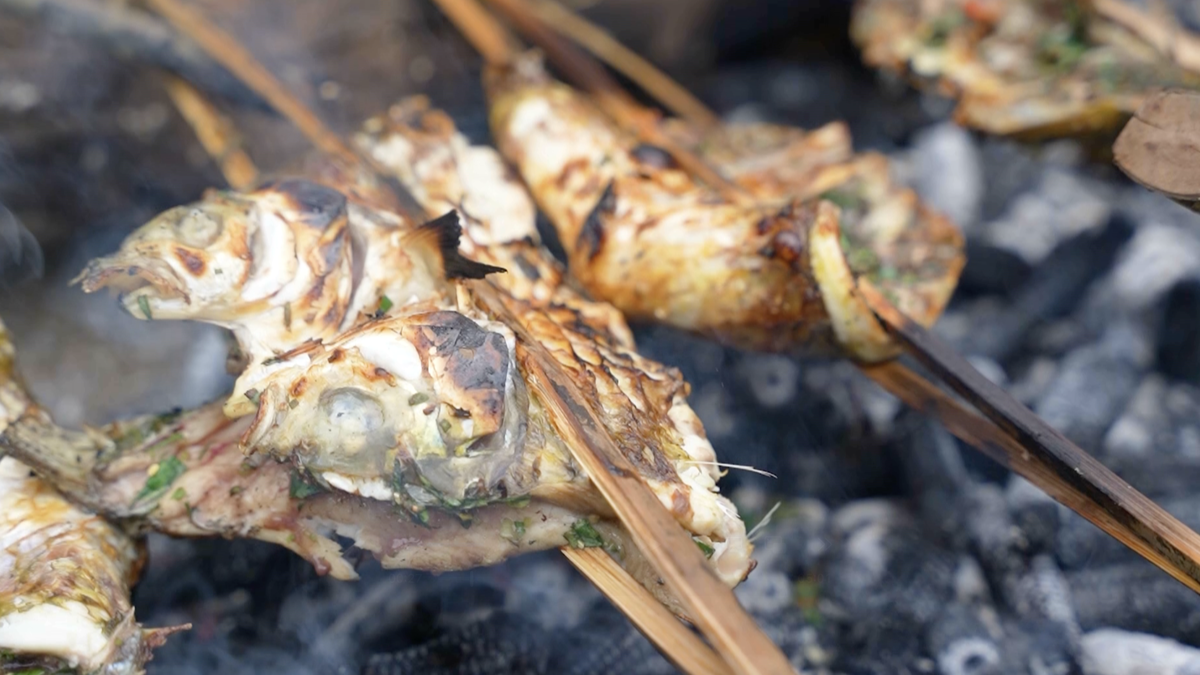
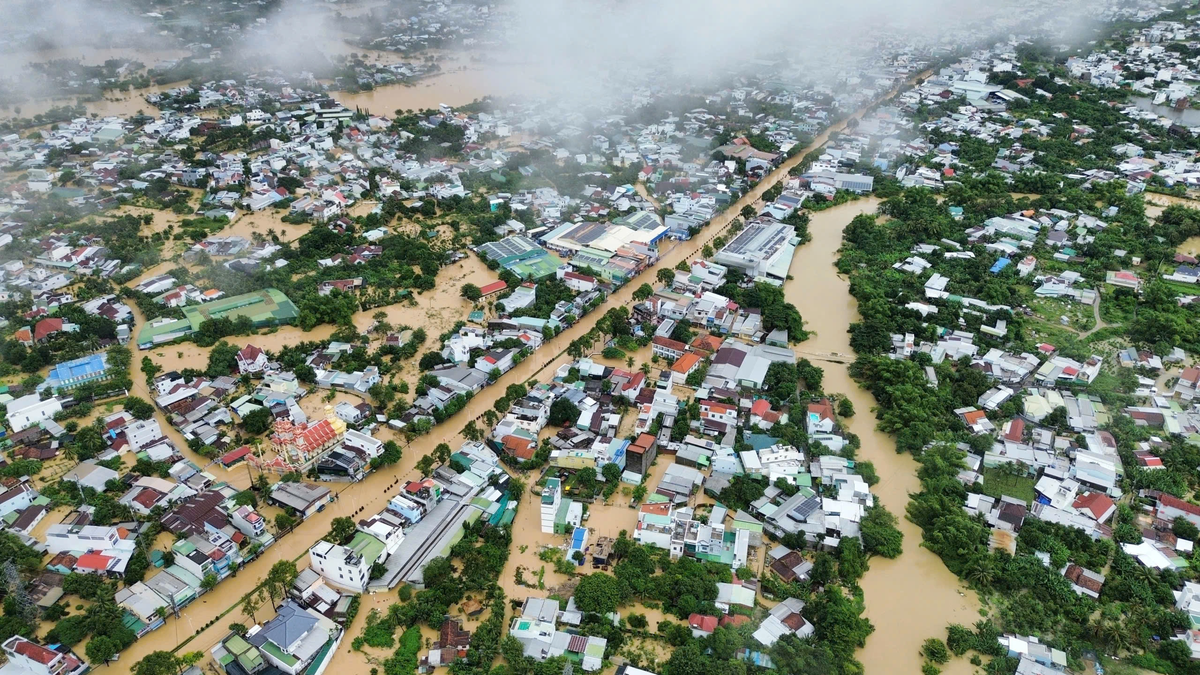
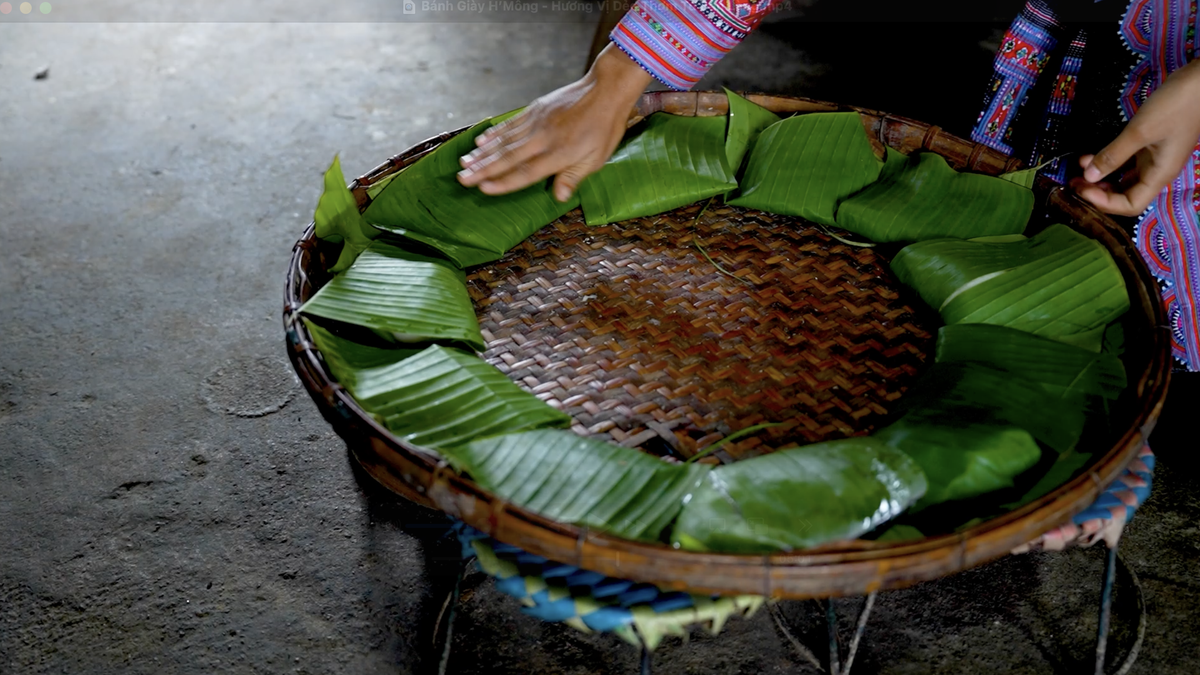
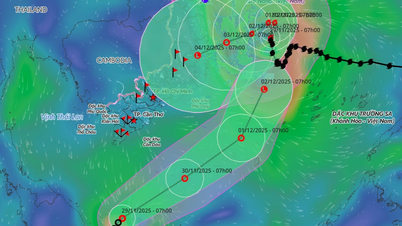
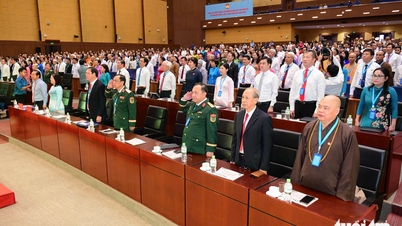


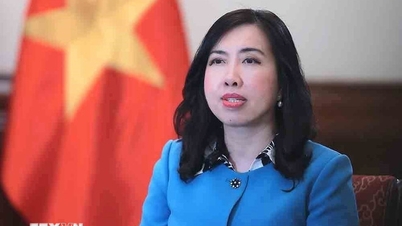






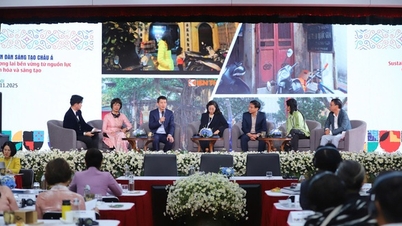
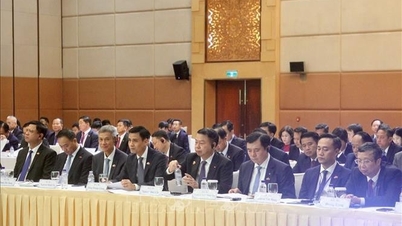


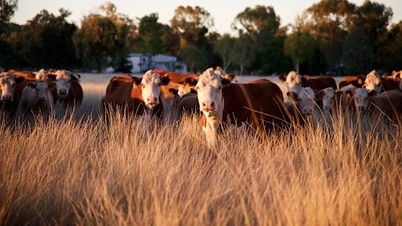
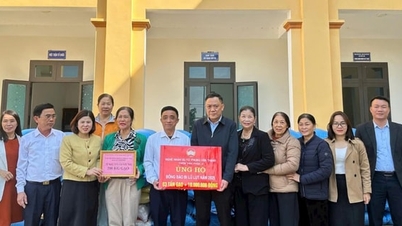

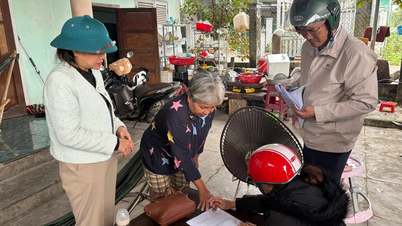

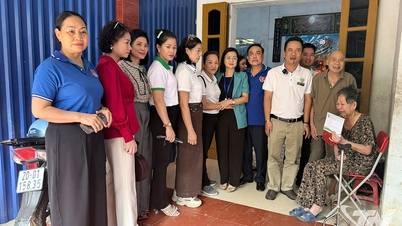

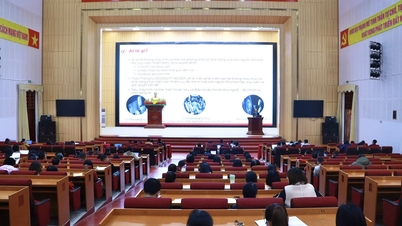


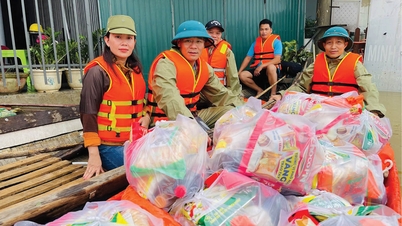




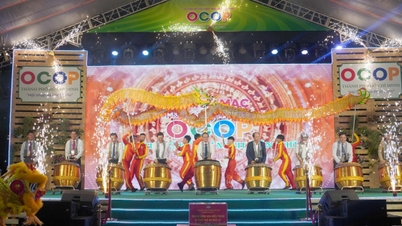
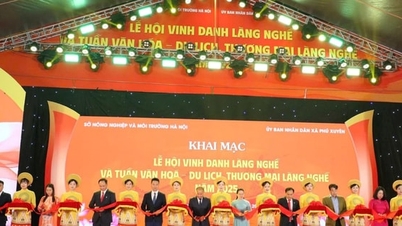

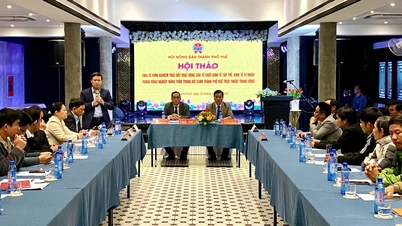

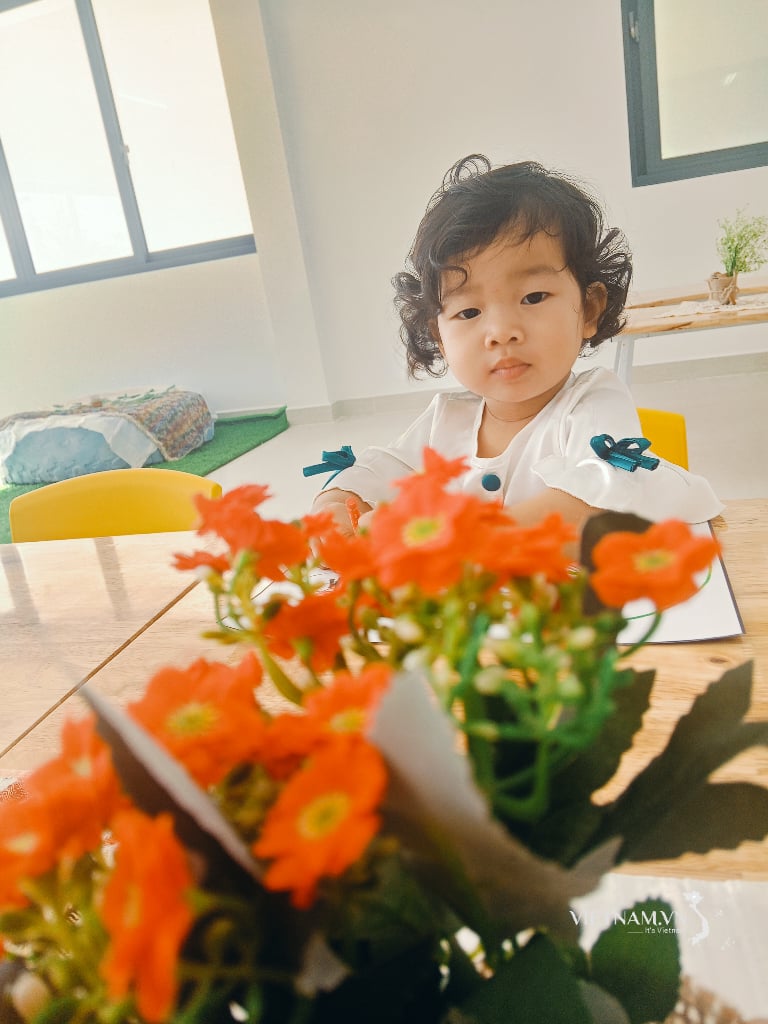
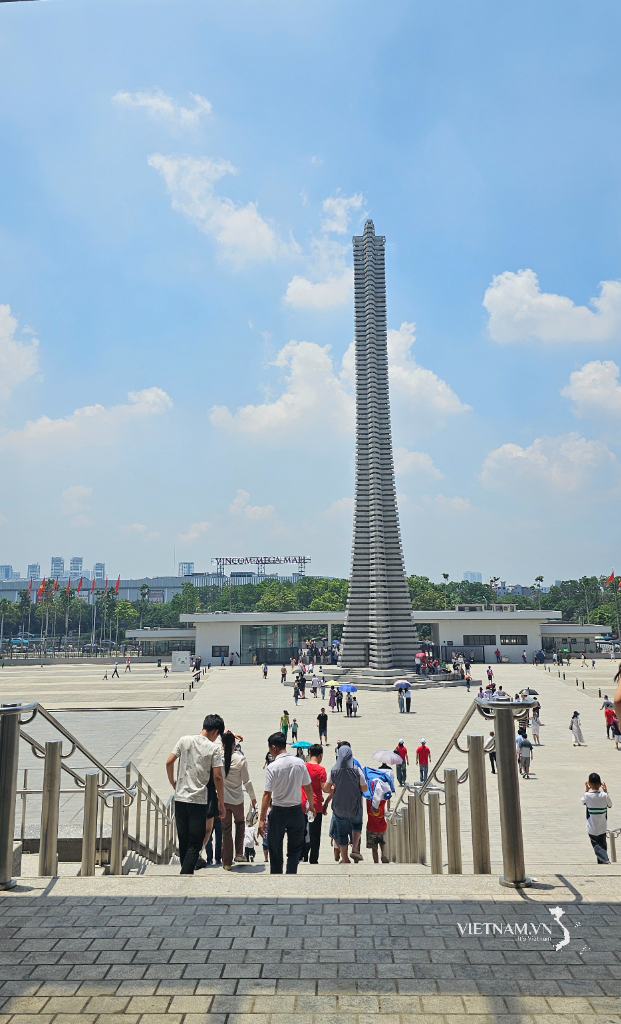


Comment (0)